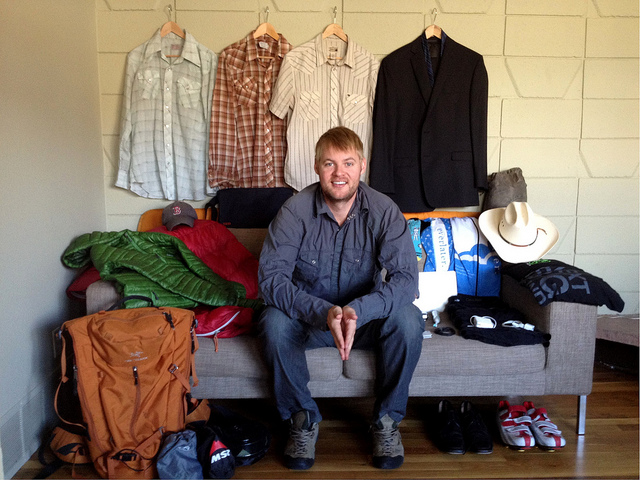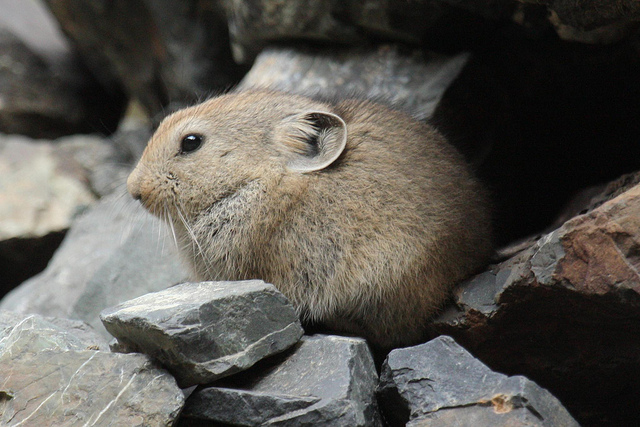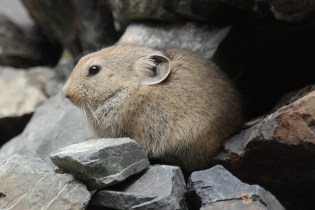There’s tons of evidence in the fossil record that as earth’s climate has changed in the past, species have moved around in order to avoid dying out. Before there were humans on this planet, disrupting migration pathways with our cities, roads and expanses of concrete, animals could simply move north or south to keep up with a warming or cooling climate. In fact, this is probably the reason that many past climate changes did not coincide with mass extinctions.
The current bout of climate change is more profound than in the past, but perhaps more importantly, animals just can’t sneak away from it anymore. The pockets of nature we’ve surrounded with sprawl aren’t connected, so there’s no way for critters to move to a more congenial location. The solution to this human-created problem can only come from us: We’ve got to move animals in advance of the warming climate.
This is called ‘assisted migration,’ and it’s controversial, reports Kiera Butler at Mother Jones.
The trick, then, is figuring out which species are worth the effort. Last July, a team of Australian researchers published a paper in Nature outlining a set of criteria. For example: How well will a species withstand the relocation process? Will the habitat remain suitable long enough? Could the species disrupt its new habitat?
Assisted migration may be literally the only chance that some species have to survive. Creatures that live in alpine environments, for example, are pushed further up their mountain homes every year, with no chance of making the leap to a suitable environment further north. Except for particularly robust species like black bears, that’s kind of the situation that most of the animals threatened with climate change now face.




